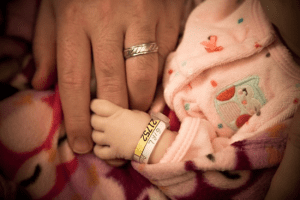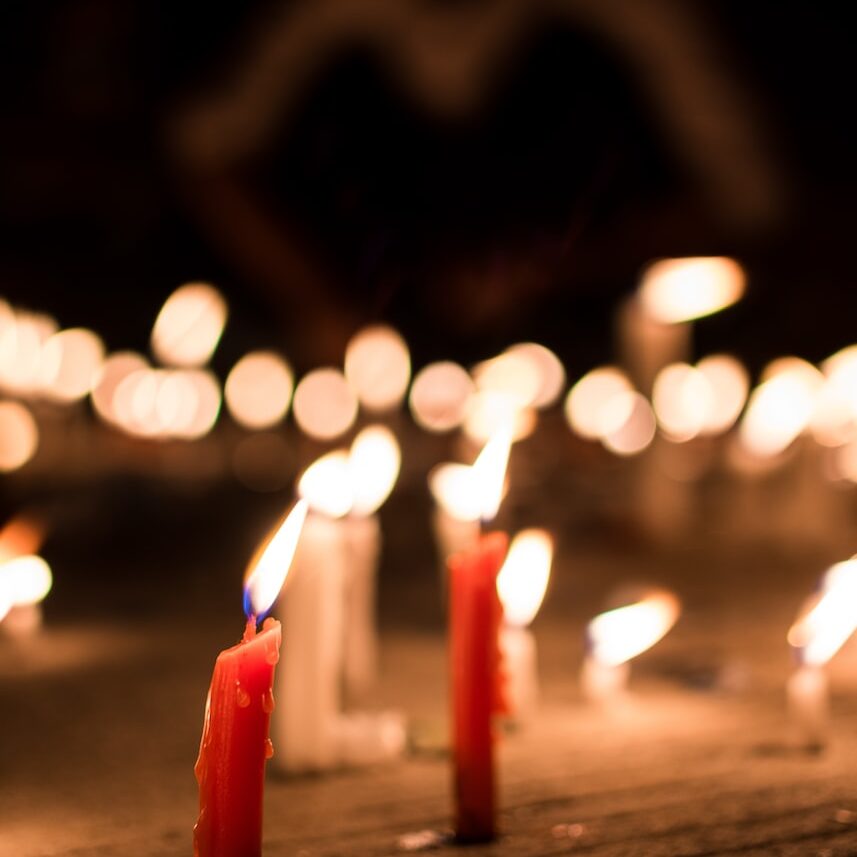rememberance
Many bereaved parents find it comforting to have physical objects and experiences to connect them to their child. Below are a number of ways in which families we have worked with have creatively captured their baby's memory.
 If you are anticipating your baby's birth, or if he/she is still with you, know that we have a committed group of local, professional photographers who are willing to donate their services to bereaved families. If you think this resource could be helpful for you, please get in touch with us as soon as possible by texting or calling 413-570-0811 so we can make all the necessary arrangements.
If you are anticipating your baby's birth, or if he/she is still with you, know that we have a committed group of local, professional photographers who are willing to donate their services to bereaved families. If you think this resource could be helpful for you, please get in touch with us as soon as possible by texting or calling 413-570-0811 so we can make all the necessary arrangements.
If your baby is over 20 weeks gestation and weighs more than 350 grams, he or she will have to go through a funeral home. There are many local funeral homes who have offered very compassionate care to Empty Arms families in the past, and many will waive many of the costs for families experiencing infant loss. Please let us help if you are struggling to determine which home to use, or if the cost is feeling prohibitive.
Also, please note, that while you must make arrangements for a funeral home to transport your baby, it is your right to take your baby home for a short while if you wish. Historically, people held wakes at home. If this is your choice, do ask your funeral director how to make it happen.
If your baby is less than 20 weeks and under 350 grams, what happens to your baby is up to you. Legally, the baby is yours. You have several options:
- Usually, the hospital will offer the option to "take care" of the remains for you. Unfortunately, here in Western Massachusettsthere are no hospitals that have burial plots in which to bury all miscarried babies. Typically remains are cremated, and you should know that it’s possible they will be cremated alongside of (and I cringe to write the words) medical waste. If it's important to you to know, find out what happens at your hospital.
- You can use a funeral home and choose to cremate or bury the baby. You would proceed just as you would for any death.
- You can take your baby's remains home with you. Legally, this is your right. If you've sent your baby to the lab to be tested, you may have to jump through some hoops to make this happen. Please, let us help you with any obstacles you may come across. Hospital policies can and have been changed to make this happen.
Memorial Ceremonies and Events
At some point – be it a week, a month, or a year after your loss – you may yearn for a place to explore your grief, honor your child’s small but important life, and mourn with others. Memorial rituals and ceremonies can have a significant role in grieving and celebrating the baby who has so profoundly changed you, helping you begin to integrate their loss into your life’s journey.
Empty Arms is proud to partner with Rev. Hannah Grace of Grace Ceremonies. Hannah can help you find a way to celebrate your love for your baby in a way that feels just right for you. All of Hannah's work is priced on a sliding scale and her first consultations come at no charge.
Below is a beautiful piece written by Hannah, offering a beautiful perspective on a variety of ways to honor your baby's life.
- For some families, a traditional funeral works just fine. Even if you're not a regular attendee at a religious institution, you can always work with a spiritual leader to create something to honor your baby.
- A private, non-denominational ceremony. There are venues locally that are perfect for a ceremony led by someone who's not a religious leader.
- A memorial you officiate yourself. Whether you reserve a chapel or hold it in your backyard, you can create a ceremony yourself or with help
- A tree planting or garden dedication. Many people find that gardening and tending to life is a healing tribute to their baby. Gathering others to honor this physical memorial can be healing.
Can I do a ritual or ceremony?
Ceremony and ritual belong to everyone. They are not the privilege of religious institutions or clergy people; they are not available only to certain practitioners or experts.
They belong to us. All of us.
Since prehistoric times, people have used ritual and ceremony to celebrate, to mourn, to express wonder, to offer gratitude, to ask for help, to find comfort in solitude, to gather strength in community.
This is not to suggest you alone should be responsible for creating and conducting a ceremony or ritual.
Faith traditions, clergy members, experienced professionals and sometimes our own friends and family can be a wonderful help, providing guidance and holding space when we cannot.
But most of us already have that idea.
I want to offer you permission to trust yourself: your own wisdom, intuition and knowing. Even without experience to rely on, you already know something about how to do this.
My hope is that, after reading this, you feel enabled and empowered to honor the loss of your child, whether in a ceremony or ritual you design yourself or in collaboration with someone you trust.
How do I do it?
There is no “right way.” There are no “shoulds.”
What this means is: You cannot get it wrong.
You might light a candle, recite a haiku and blow the candle out. That is a powerful ritual.
You can gather twenty family members and friends to hike up a mountain, asking them to share with each other what is in their hearts as they climb, sing a hymn together at the top and hike back down. That is a beautiful ceremony.
We all grieve differently. Our needs, perspectives, and choices are informed by our uniqueness. With no blueprint – no prescribed format – what becomes most important is to honor the truth of our experience.
Great healing and comfort can come from simply acknowledging the truth. Through ceremony and ritual, you have the precious opportunity to share your truth and be witnessed by others.
Where do I begin?
One of the first questions I ask when helping plan a ceremony or ritual is why: Why are you having this ceremony? What do you hope you (and others) will experience?
In contemplating your intention – to acknowledge our child’s existence, to honor their place in our family, to celebrate the happiness they brought to us, to be seen in our pain, to mark this chapter in our lives, to find some measure of closure – you will find a steady compass to guide you along the way.
You should also know: You begin by beginning.
Your very consideration of a memorial ritual or ceremony sets into motion the experience you seek.
The reflections you have, the conversations you share, and the scenes you picture as you imagine the ceremony or ritual are all aspects of fulfilling your intention.
The process itself will be part of your grieving and part of your healing.

When I use the word “altar,” I mean a physical representation of a sacred space or intent. What that looks like is entirely up to you.
"An altar is something that, when you behold it, it brings you back to yourself."
― Margot Adler
You might put a cloth on the ground in the center of a circle and place on it a bouquet of flowers and a bell. You may have a small table off to the side where you put a collection of objects from nature. You can use a mantelpiece for candles, photographs, or mementos.
Your altar may have a role in the ceremony – if it holds a candle that you light, for instance – or it might only be part of creating the space. Whatever its function, allow it to be an expression of your love and care.
